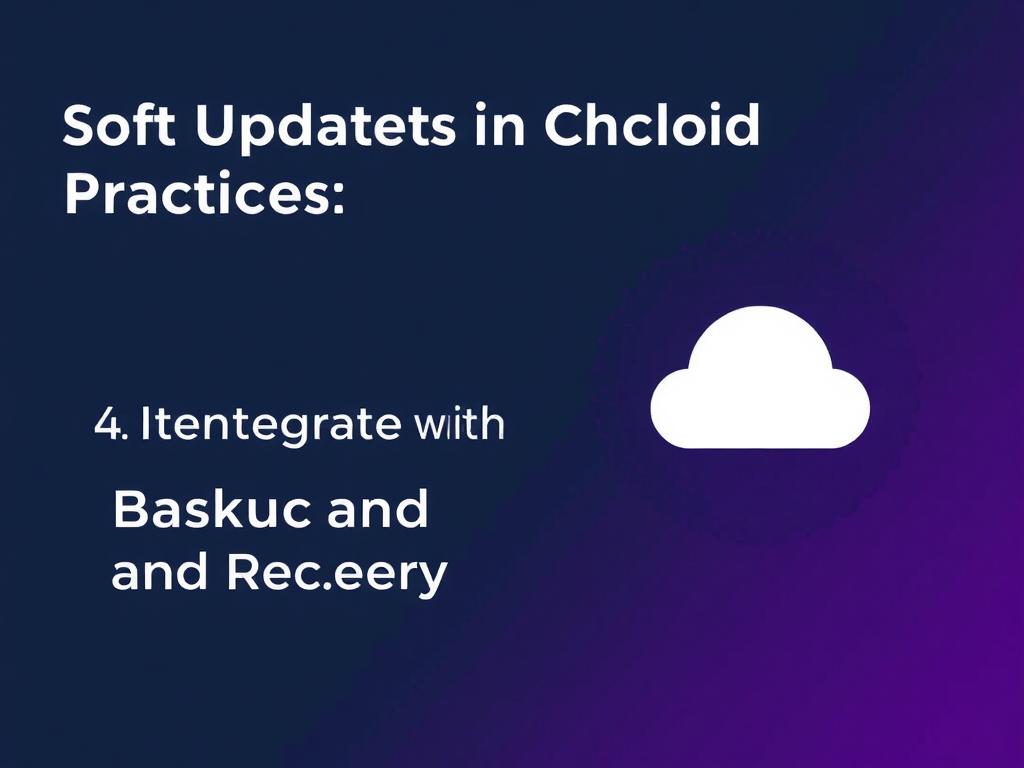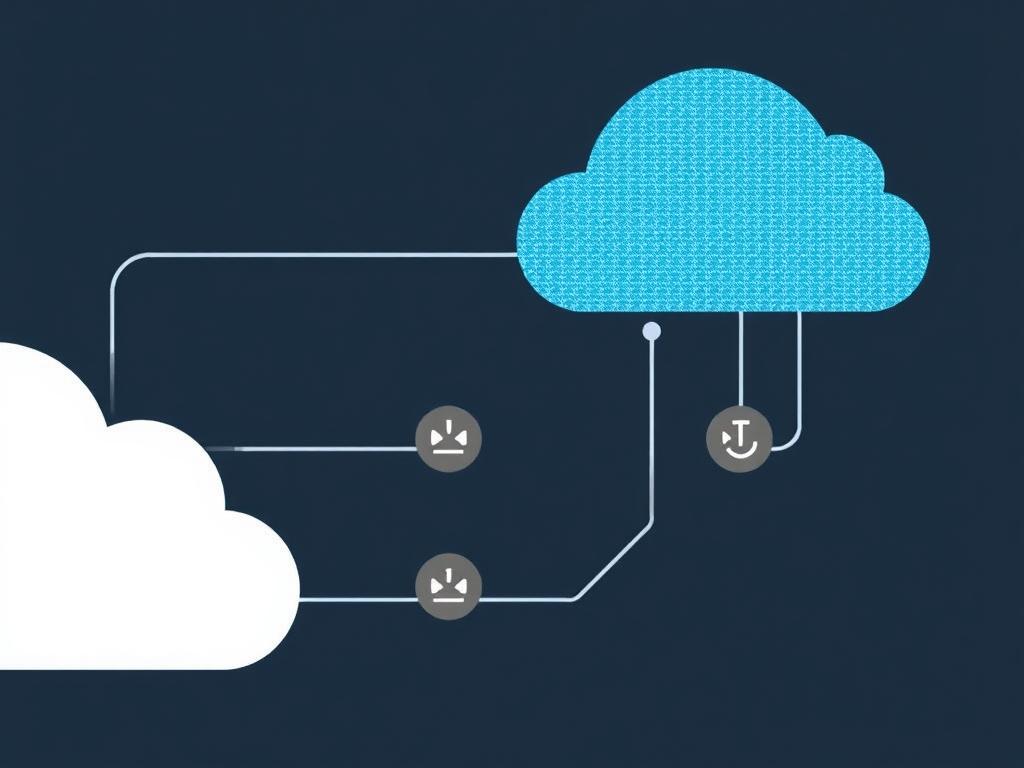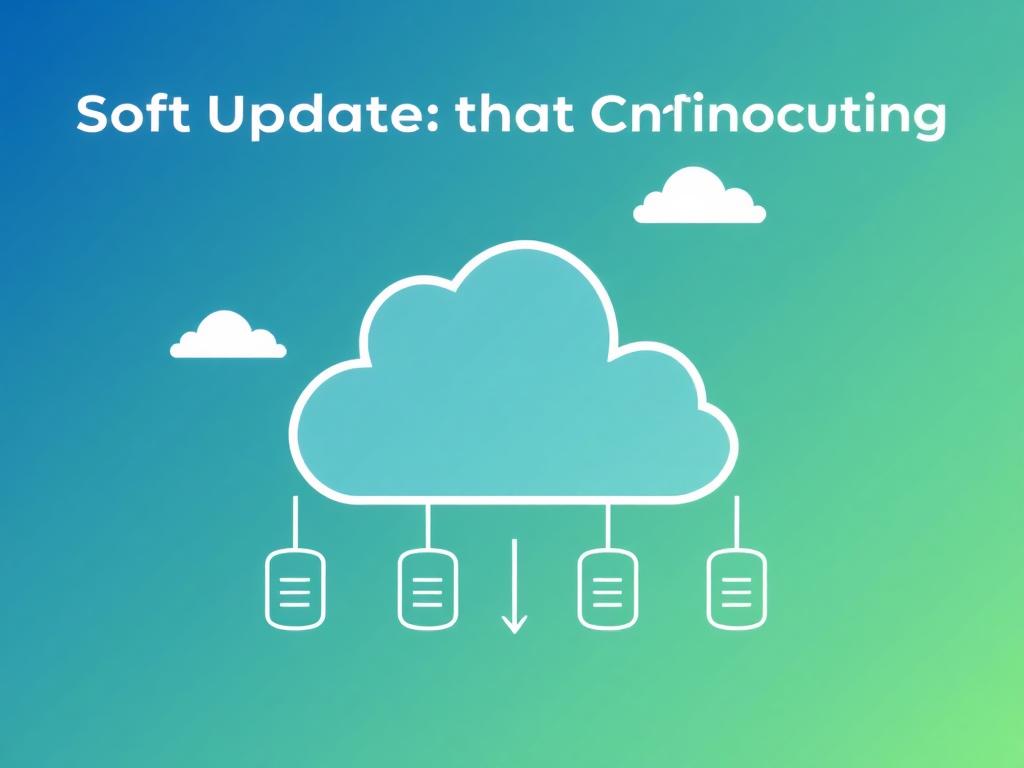Understanding Soft Updates in Cloud Computing
In the ever-evolving landscape of cloud computing, managing data efficiently without sacrificing reliability is a constant challenge. One technique that has gained attention for achieving consistency and performance without excessive overhead is called “soft updates.” But what exactly are soft updates, and why have they become a critical consideration in cloud infrastructure? At its core, soft updates are a method of ensuring metadata consistency in file systems without resorting to heavy-weight locking or synchronous writes that can slow down system performance. Instead, soft updates carefully order and track dependencies of metadata changes so that the file system remains consistent even if there is a sudden crash or power failure.
In cloud computing environments, where rapid scalability and high availability are paramount, this approach can significantly improve system responsiveness by reducing the input/output wait times typically associated with synchronous updates. By buffering certain operations and deferring them in a controlled manner, soft updates strike an ideal balance between data integrity and system performance, making them particularly suitable for cloud storage services.
The Role of Soft Updates in Cloud Storage Systems
Cloud storage services form the backbone of most cloud computing platforms today. They store vast amounts of data, powering applications ranging from simple file storage to complex machine learning workloads. Ensuring that these data repositories remain both reliable and high-performing is essential. Soft updates come into play by managing how file system metadata—such as directory entries, allocation tables, and free block lists—is updated.
Traditional file systems rely on journaling or synchronous writes to maintain metadata integrity. While effective, these techniques can incur latency penalties due to frequent disk writes and metadata locking. Soft updates, on the other hand, utilize a dependency tracking mechanism that carefully sequences the writes, so metadata changes can be committed asynchronously without risking data corruption. This approach allows cloud storage systems to write metadata updates efficiently while maintaining crash consistency, which means the file system can recover quickly and accurately after an unexpected failure.
Metadata Consistency without Performance Compromise
Metadata consistency is crucial in cloud computing. If metadata becomes corrupted, it can lead to file system inconsistencies, data loss, or even downtime for critical applications. However, ensuring this consistency often requires locking mechanisms and synchronous updates that slow down system throughput. Soft updates resolve this contradiction by:
- Tracking dependencies between metadata changes
- Scheduling writes in an order that prevents inconsistencies
- Allowing asynchronous metadata commits to improve performance
As a result, cloud service providers can guarantee that their clients’ data remains reliable and accessible without compromising on the speed and scalability that are expected in modern cloud environments.
Implementing Soft Updates in Cloud Infrastructure
Implementing soft updates in a cloud computing environment demands careful planning and understanding of both the underlying file system and the cloud architecture. Here are some best practices when integrating soft updates:
1. Choose Compatible File Systems
Soft updates are often associated with specific file systems, such as UFS2 (Unix File System). While cloud providers might use a variety of storage solutions, understanding whether your storage backend supports or can be extended with soft updates is essential. If soft updates are not natively supported, alternative strategies such as lightweight journaling or log-structured file systems may be considered.
2. Monitor Metadata Write Patterns
Because soft updates optimize metadata writes, monitoring write patterns can reveal performance bottlenecks or areas where the dependency tracking can be improved. Many cloud platforms provide tools to analyze storage I/O behavior. Leveraging these insights helps in tuning the soft update mechanisms and adjusting caching policies accordingly.
3. Balance Latency and Consistency Requirements
Different applications hosted in the cloud have diverse needs for data consistency and latency. While soft updates favor a balance, they may not be suited for workloads requiring immediate durability guarantees (such as financial transaction logs). Understanding application requirements ensures the proper use of soft updates without risking data safety.
4. Integrate with Cloud Backup and Recovery Systems

Though soft updates protect against typical crashes, catastrophic failures may still occur. Having a robust backup and recovery strategy complements soft updates by safeguarding against data loss. Cloud providers should ensure that snapshots, replication, and disaster recovery plans are in place to work alongside metadata consistency methods.
Benefits of Soft Updates in Cloud Computing

To better understand the advantages of using soft updates in cloud computing, let’s highlight these in a table:
| Benefit | Description |
|---|---|
| Improved Performance | Reduces synchronous writes and locking overhead, allowing faster metadata updates and system responsiveness. |
| Crash Consistency | Ensures metadata remains consistent after unexpected failures, minimizing risk of corruption. |
| Resource Efficiency | Uses dependency tracking to avoid unnecessary I/O operations, leveraging resources efficiently in multi-tenant environments. |
| Scalability | Supports high-throughput workloads common in cloud infrastructures due to asynchronous update allowances. |
| Eases Recovery | Quicker recovery times post-crash reduce downtime, improving overall service availability. |
Challenges and Considerations When Using Soft Updates
While soft updates offer many advantages, they are not without their challenges. Cloud architects and engineers need to be mindful of the following:
- Complexity of Implementation: Successfully implementing and tuning soft updates can be intricate, requiring deep knowledge of file system internals and metadata dependencies.
- Limited Support: Not all cloud environments or file systems support soft updates natively, which can limit their applicability.
- Trade-offs with Durability: Because soft updates allow asynchronous commits, immediate durability guarantees can be relaxed, which may not suit every application.
- Debugging Difficulty: Tracking metadata dependencies and diagnosing issues during crashes can be more complex compared to traditional journaling.
Cloud providers must weigh these factors against the benefits while designing their infrastructure or offering configurable options to clients based on workload requirements.
Soft Updates vs. Other Metadata Consistency Techniques

To place soft updates in context, it’s helpful to compare them with other common techniques like journaling and copy-on-write.
| Technique | How It Works | Pros | Cons |
|---|---|---|---|
| Soft Updates | Tracks metadata dependencies and schedules writes asynchronously in order. | High performance, crash consistency without journaling overhead. | Complex implementation, limited file system support. |
| Journaling | Writes metadata changes to a journal before committing to disk. | Robust crash recovery and simpler to implement. | Additional write amplification, can impact performance. |
| Copy-on-Write (CoW) | Data and metadata are never overwritten; new copies are created for changes. | Data integrity, snapshots, and versioning support. | Increased storage usage and potential performance overhead on writes. |
Each method has its place depending on the particular needs for consistency, performance, and storage costs in the cloud environment.
Future Trends: Soft Updates in Modern Cloud Architectures
As cloud technology progresses, the role and implementation of soft updates might evolve. Emerging storage technologies like persistent memory (PMEM) and NVMe over Fabrics open possibilities for even faster metadata operations with reduced latency. Combining soft updates with such technologies could yield new hybrid models offering both durability and performance.
Moreover, containerized environments and microservices add complexity to how storage consistency is maintained. Soft updates aligned with distributed file systems or object stores might be adapted to meet these dynamic workloads, providing reliable storage without sacrificing agility.
Summary of Best Practices for Soft Updates in Cloud Computing
- Understand workload requirements carefully before adopting soft updates to ensure alignment with consistency needs.
- Implement comprehensive monitoring to observe metadata operation patterns and fine-tune soft update behavior.
- Choose file systems or storage solutions compatible with soft update mechanisms or develop extensions accordingly.
- Integrate soft update strategies with broader data protection, including regular backups and disaster recovery.
- Educate and train infrastructure teams on the complexity and troubleshooting methods related to soft updates.
- Continuously evaluate the impact of emerging storage hardware and amplify soft updates to leverage new performance features.
Conclusion
Soft updates in cloud computing represent a powerful approach to managing file system metadata with high efficiency and robustness. By ordering metadata changes carefully and allowing asynchronous commits, soft updates reduce performance bottlenecks while maintaining crash consistency—an essential balance cloud providers strive to achieve. While implementation can be complex and demands careful consideration of workload requirements and system support, the benefits in terms of improved performance, scalability, and reliability are significant. As cloud technologies and storage hardware evolve, soft updates are poised to integrate into modern cloud architectures more deeply, offering effective solutions for the growing demands of data integrity and responsiveness. For cloud engineers and architects, mastering soft updates and their best practices can unlock more resilient and high-performing cloud storage infrastructures, ultimately delivering better experiences for end-users and businesses alike.

